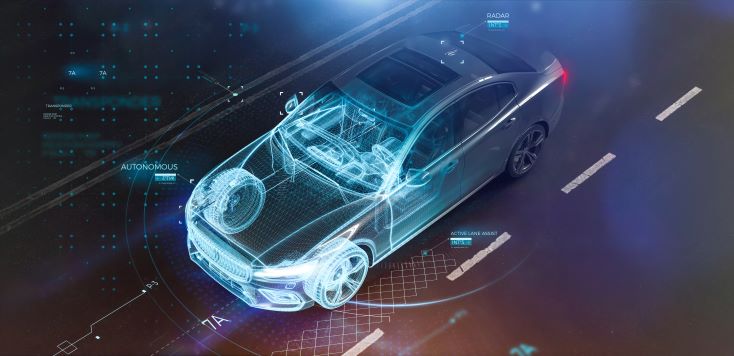Ethernet is a ubiquitous part of our everyday lives, driving the internet that we all rely on. Yet, Ethernet is only now making inroads into automotive applications.
With such a common protocol, why has it taken so long for the automotive industry to make this change? There are some significant differences between typical Datacom and consumer applications and the operating environment of a vehicle that make using existing Ethernet standards a non-starter.
Yet, the need for bandwidth in automobiles is increasing at a record pace, driven by the camera and LIDAR data needed to support higher levels of autonomous driving. So now, development of a standard for a specific implementation of multi-gigabit optical Ethernet for automotive applications is underway.
Optical networks for automotive optical Ethernet are available at data rates of 2.5G, 5G, 10G, 25G, and 50G. This could drastically change the architecture of automotive cable harnesses, ushering in a new era of in-vehicle networks.
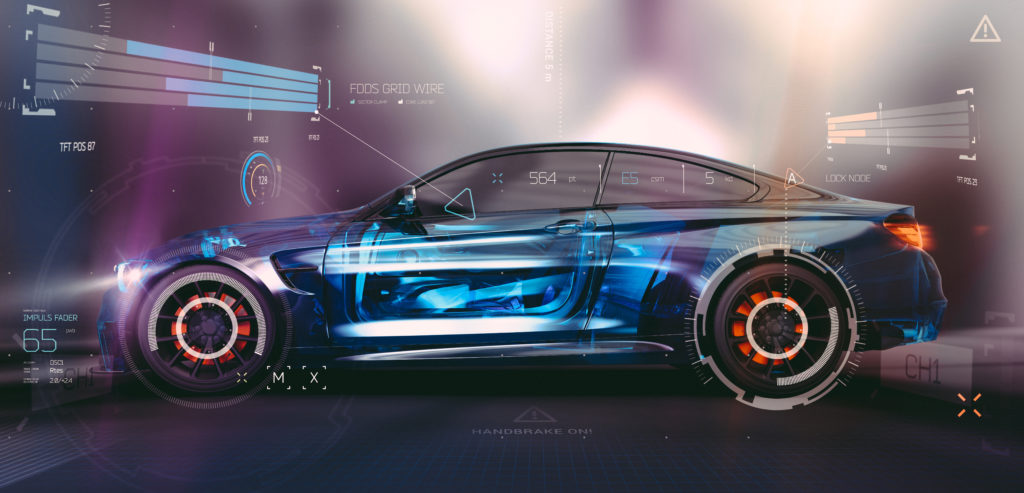
The Need for Automotive Ethernet
Why is there such a need for automotive multi-gigabit Ethernet? Automobiles are increasingly being designed with a larger number of electronic components, particularly the sensor and camera systems needed to support advanced driver assistance systems (ADAS). For example, the Lucid luxury Air Electric car is being designed with 32 sensors for its ADAS system, including 14 cameras, 12 ultrasonic sensors, radar, and LIDAR. No wonder there is a need for bandwidth!
As auto manufacturers strive for higher levels of automated driving, this bandwidth need will continue to grow because the data from all of these sensor systems needs to be transmitted back to a central processor over low-latency interconnects.
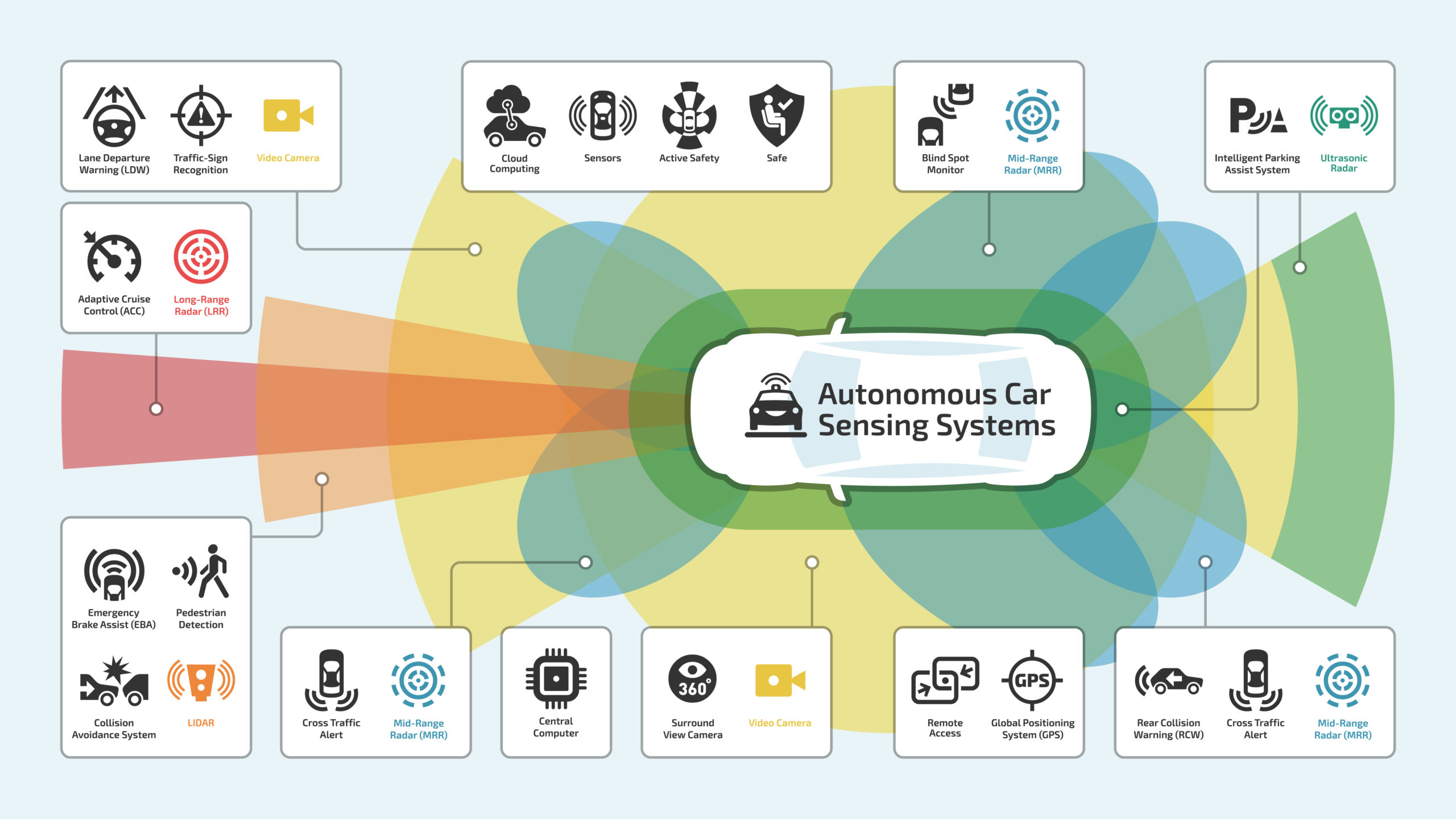
As auto manufacturers strive for higher levels of automated driving, this bandwidth need will continue to grow because the data from all of these sensor systems needs to be transmitted back to a central processor over low-latency interconnects.
But why consider optical automotive Ethernet… can’t copper be used for these short lengths? For some of the short interconnects, the answer is yes, there will very likely be a hybrid use of optical and copper in automobiles when multi-gigabit automotive Ethernet starts to be deployed. Copper connections are tried-and-true in automobiles, and changing to optical interconnects will be a significant transition.
Optical Ethernet is EMI Immune
However, at multi-gigabit data rates, maintaining signal integrity in copper becomes quite challenging, especially in the noisy environment of an automobile. Optical cables themselves are immune to electromagnetic interference (EMI), so routing is much more flexible and distance limitations are eliminated.
Also, the susceptibility and radiation of the optical Ethernet module itself can be validated through design verification. Then optical modules can be placed anywhere on the electronic control unit (ECU) card, with fiber cables used to route to the box edge, making the rest of the copper design that much easier and more robust.
Additionally, the routing of optical fibers provides a level of design flexibility and safety enhancement that surpasses traditional copper cables due to their combined EMI immunity and nearly lossless transmission — even at 50G in the short automotive cable lengths. Why is this important? EMI immunity and longer distance flexibility allow engineers to route the cables virtually anywhere that is convenient and provide the lowest-cost, most-manufacturable solution.
For example, optical fibers can run right alongside high-voltage EV power cables or in the same bundle as sensitive low-power sensor interconnects where the noise and interference would not allow a typical copper cable to run. Fiber cables could also be routed up and around the cabin without concern for the additional length. Using optical fiber as the interconnect to various ECUs will provide electrical isolation as well, which can be particularly important for electric vehicles during start-up when currents are very high.
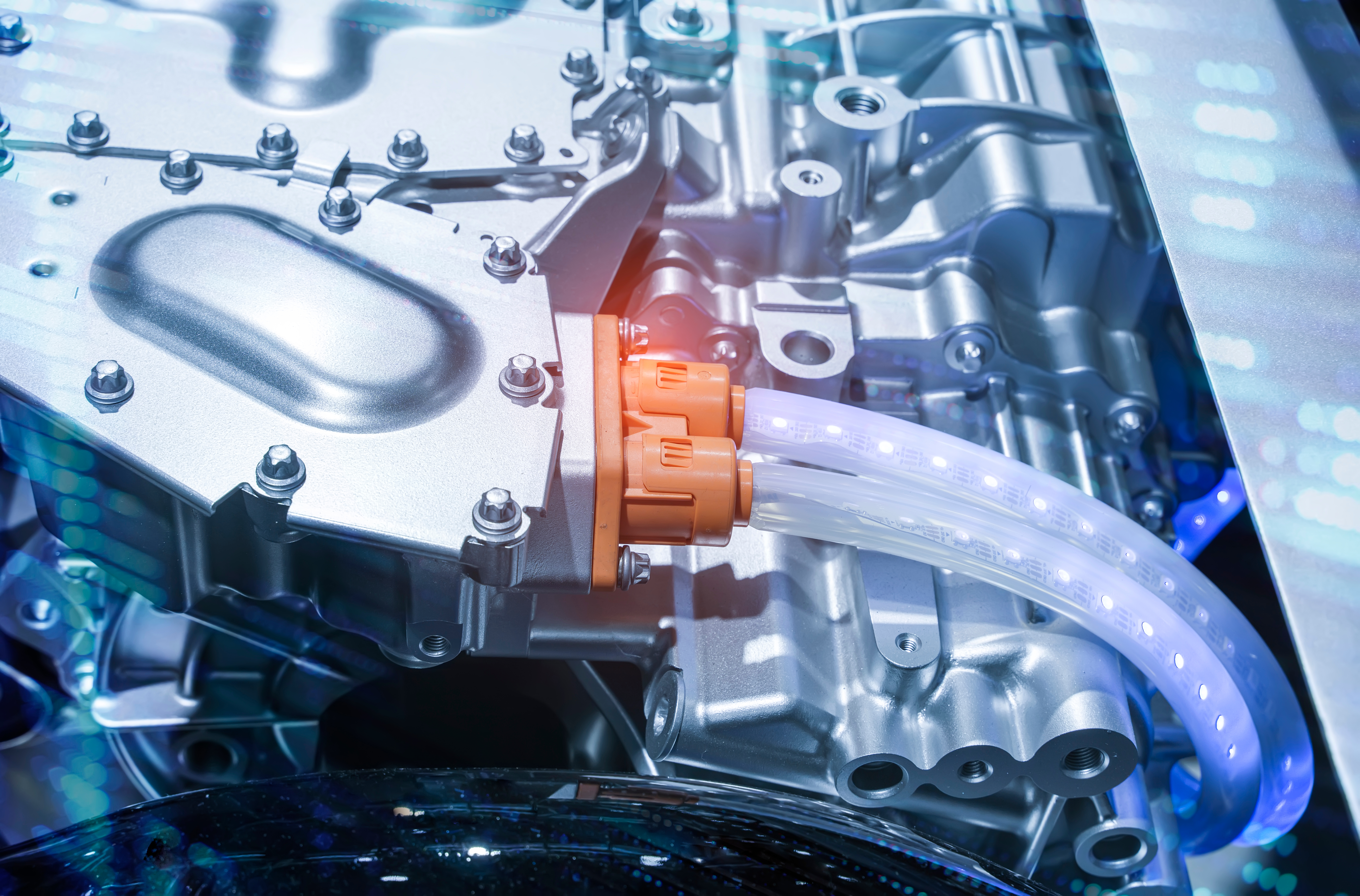
Inexpensive and Lightweight
The cost and weight of an automotive cable harness is another significant driving factor for optical automotive Ethernet. Why? It’s just some wires in a car… it can’t be that big of a deal, right? WRONG! Cabling is actually 3rd highest cost component of a car and 50% of the labor cost, with only the engine and chassis being greater. This is because each cable harness is specific to a vehicle and they are built one at a time.
If that isn’t bad enough, the cable harness is also the 3rd heaviest component of the car, behind only the chassis and engine, leading to reduced range/performance. This means that options to reduce the cost and weight of the cable harness are being given some serious design consideration by auto manufacturers.
Optical automotive Ethernet has the potential to offer significant weight savings. Fiber cables weigh approximately 4 lbs/1000ft whereas copper category cables weigh about 39 lbs/1000ft.
So how much of an impact is this really? Modern vehicles have typical total cable lengths of several kilometers, so assuming there’s 3 km (9842 ft) of cable and 30% of that was replaced with fiber, there would be a weight savings of about 100 lbs. But future automotive architectures are looking beyond just replacing specific cables; the new architecture is looking to implement true in-vehicle networks.
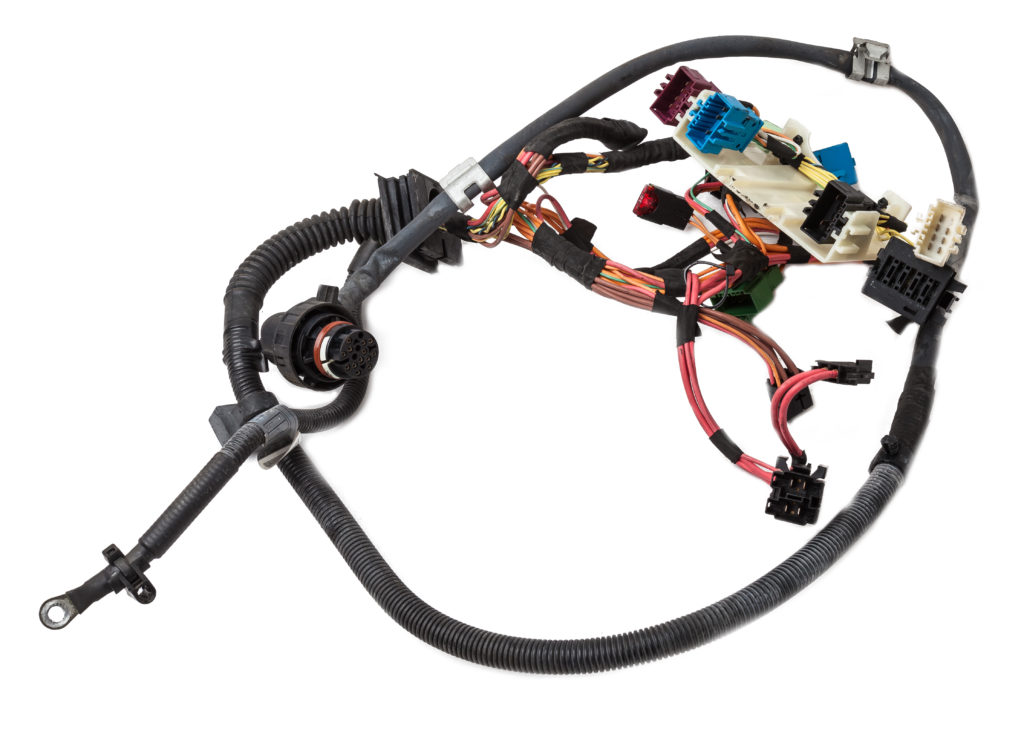
The benefits of future optical automotive Ethernet will extend beyond just the weight savings as next-generation vehicles move from the traditional domain architecture, with many nodes on many different ECUs, to a zonal architecture with gateway switches to the high bandwidth Ethernet backbone. Zonal architecture will allow more centralized processing and data transmission among the different ECUs. This leads to a further reduction in the necessary cabling and easier integration of the cable harness, as clearly illustrated by Marvell’s recent post on zonal architectures.
Automotive Challenges
With all of these potential benefits, why hasn’t multi-gigabit optical Ethernet (or even copper-based multi-gigabit Ethernet) been deployed for automotive applications in wide-scale production? Unfortunately, the automotive operating environment has some unique requirements that don’t allow automotive applications to simply use the same standards as data-center focused implementations. Development of multi-gigabit optical automotive Ethernet standards are underway in the IEEE802.3cz task force for standards that truly meet the requirements of automotive applications.
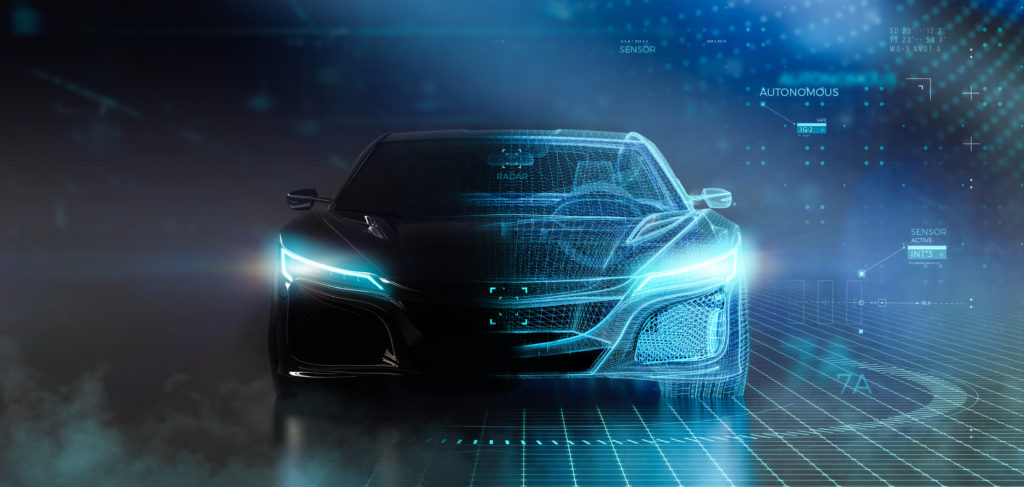
One of the most significant challenges of implementing multi-gigabit optical Ethernet in automotive applications is quite simply the operating environment. It’s a harsh environment that is vastly different from Datacom or telecom. The components will be exposed to very wide temperature ranges, with the body and cabin requiring -40°C to +85°C and the chassis and body requiring -40°C to +125°C or higher.
The reliability and lifetime requirements are 10+ years in these harsh operating conditions. The electromagnetic compatibility (EMC) requirements are much more stringent than typical commercial applications, with automotive already having set EMC test standards for other components. Any automotive Ethernet hardware and cables will need to also comply with these, likely requiring different designs and definitely a different set of qualification requirements.
Automotive hardware designs will also need to maintain their high levels of performance under higher mechanical forces, such as vibration and shock, as compared to commercial components. For example, an automotive requirement for shock may be as high as 4Gs, with the Ethernet link expected to maintain performance through that event.
Commercial Ethernet components also assume that installation and, for the most part operation, are performed in a generally clean environment. Automotive applications on the other hand, need to be able to tolerate the dust, mud, snow, salt, oil, grease, fuel, cleaners etc. that the components may be exposed during either installation, operation, or service. This is no small engineering task, especially for an optical module and fiber connectors where the light needs to be coupled into and out of a 50μm core.
The automotive Ethernet module designs, wide-temperature range VCSELs, and optical connector components that are being developed to these requirements are far above and beyond typical commercial applications for Ethernet. They will pave the way for a whole new generation of vehicles based on the in-vehicle network architectures envisioned for our cars of the future.
